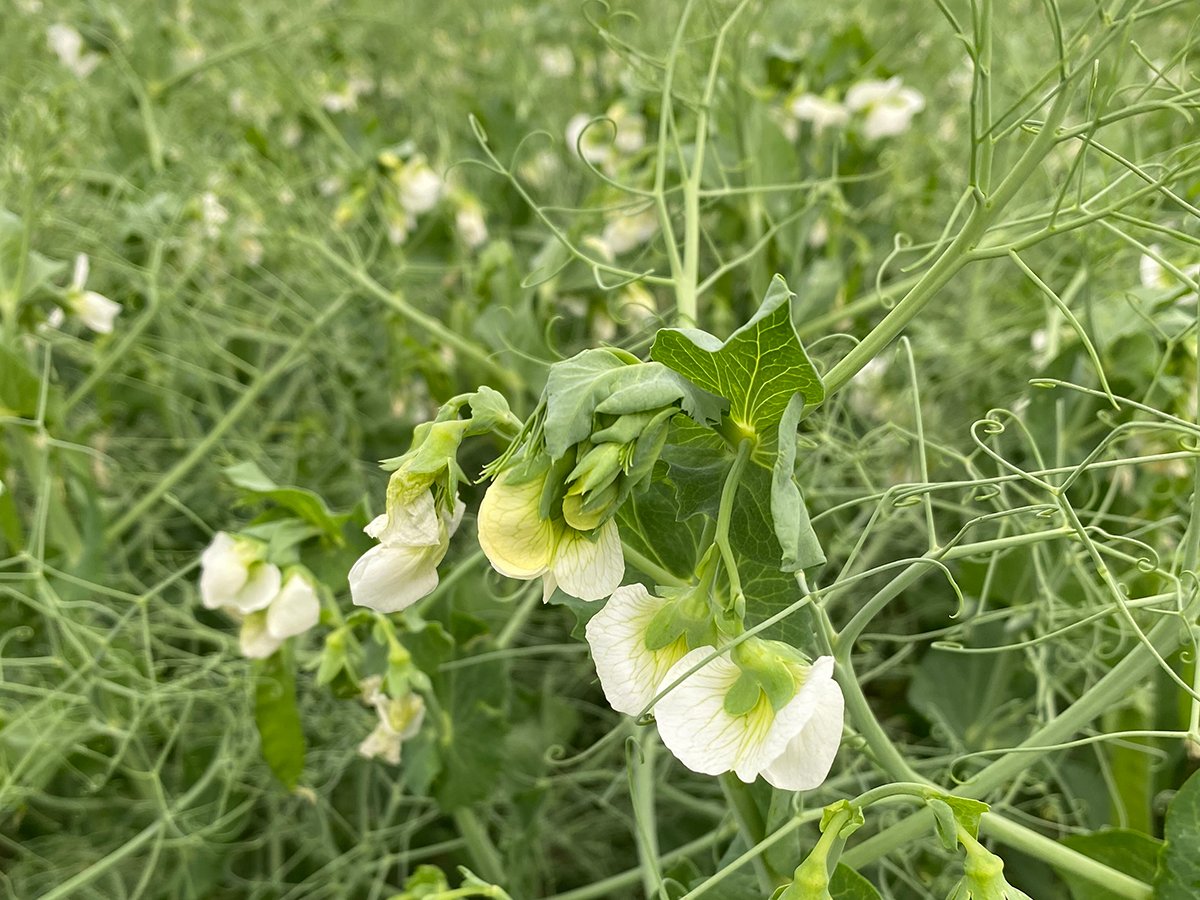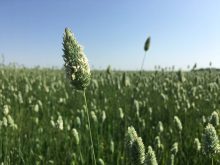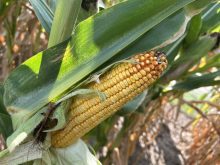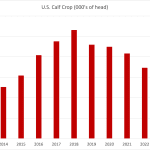Faced with the lowest prices in a decade, most honey producers are holding off selling last year’s bumper crop in the hopes that the situation improves, according to Heather Clay,
national co-ordinator of the Canadian Honey Council.
“There’s not a lot of honey moving, only those who are really desperate are selling right now,” said Clay.
Sitting at around 80 cents a pound, down from more than $2 just three years ago, many of the country’s 10,000 honey producers are waiting for better news.
There had been expectations of stronger prices this winter because of reduced American and Chinese production.
Read Also

Pulse fractionation business expected to soon get a boost
Louis Dreyfus Company will soon be producing pea protein isolate at its new plant under construction in Yorkton
Low-cost producer China vies with Argentina as the world’s leading honey exporter, but lately it has not been a significant factor.
Yet the price rally was less than expected. Buyers are holding back from purchases, hoping that what looks like a large honey crop in Argentina will cap prices.
American manufacturers’ use of alternative sweeteners may also be hurting honey demand, said Clay.
A little less than half of Canada’s annual production of about 70 million pounds of honey goes to the United States, with the balance taken up by domestic consumption.
Cost of production largely depends on the number of colonies, with western producers running larger operations, averaging 2,000 colonies each, while their counterparts in the eastern provinces manage about 500. About 80 percent of the country’s production, or around 475,000 colonies, is located in the West.
Imports of packaged bees have continued from Australia and New Zealand. Queens can also be brought in from both countries, as well as the U.S., and sell for around $20 each.
Disease issues continue to plague beekeepers, although the varroa mite that appeared in Canada in the 1990s has been kept at bay through hive management techniques.
Last year small hive beetles arrived in Canada, possibly from Australia. The pest hatches maggot-like larvae that eat through the honeycomb, leaving foul-smelling devastation in their wake.
No pesticide for small hive beetle is registered in Canada.
Lately, a new disease threat called fall dwindling disease, also known as colony collapse syndrome, has been reported in the eastern U.S. It is marked by a sudden absence of adult bees from the hive, with just the queen and a few young workers left behind, if any at all. The cause remains unknown.
“We’re watching it very closely because we’re not immune to our southern neighbour’s diseases,” said Clay. “It’s scary. They seem to think it’s contagious. There are lots of questions and no answers.”
With most Canadian bees still over-wintering inside insulated hives, it’s too early to tell whether the mystery disease will affect producers here.
“We didn’t hear any reports in fall of any problems. Last year was a pretty good year for honey production and most colonies were pretty strong going into the fall,” said Clay.
Contributing factors may include the bad weather that hit U.S. producers for much of last summer, with weeks of rain and hot damp weather, she said.
“They got hammered with a lot climate problems, which we didn’t have up here.”
Meanwhile, the Canadian Honey Council has announced a three-year restructuring plan. The changes, arising from a $440,000 federal grant, may include a checkoff for research and promotion.
“It’s going to be a whole reorganization of voting and membership: who’s in, and what’s the best way of running the organization, and how we’ll fund it all,” said Clay.














